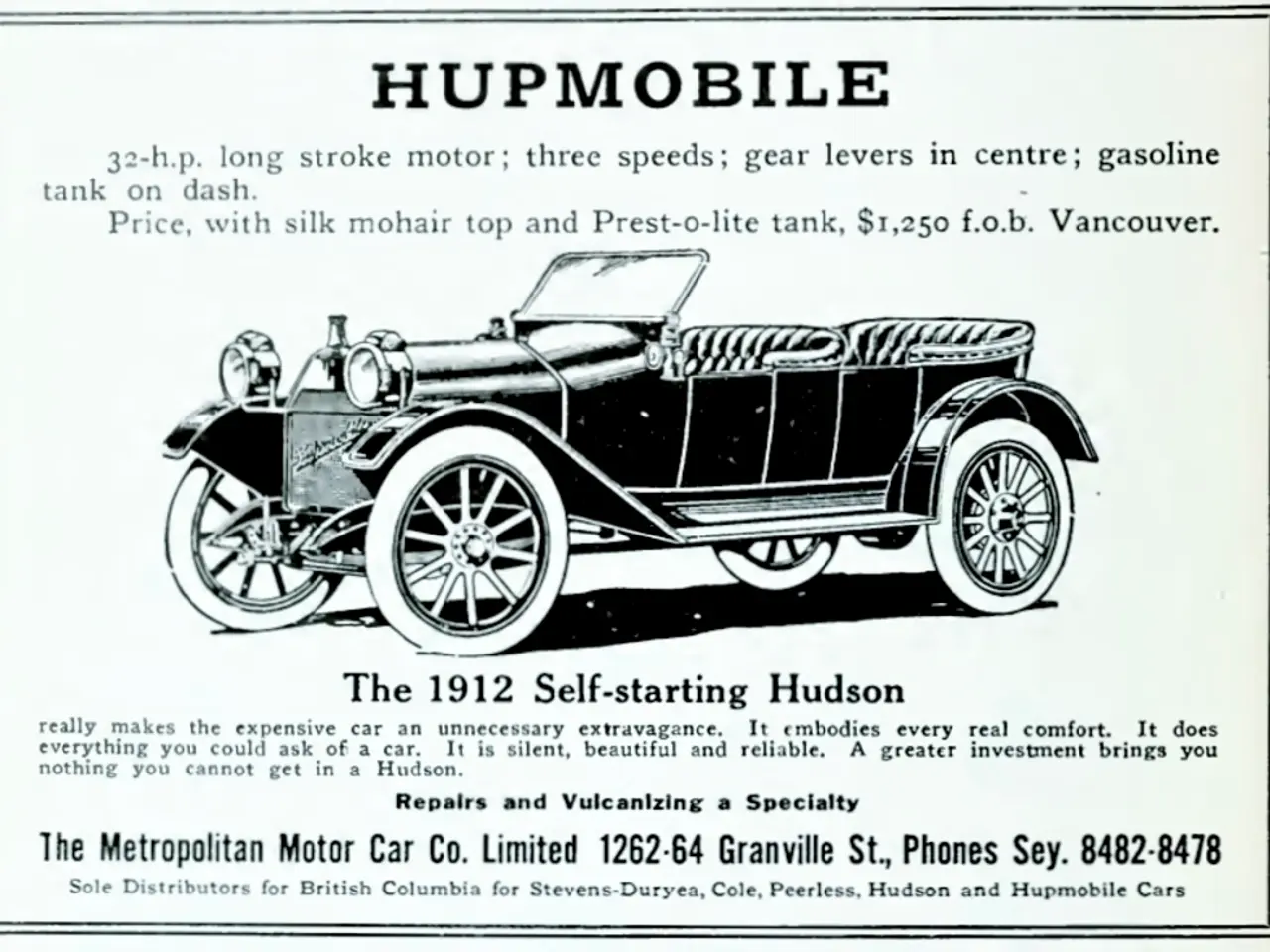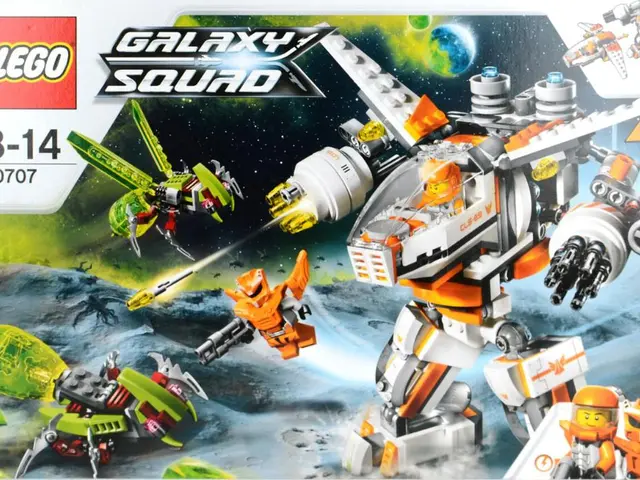Executives at Xperi Advise Broadcasters Against Overlooking Video Importance
The landscape of in-car entertainment is undergoing a significant transformation, moving away from purely audio-centric experiences and embracing a more integrated approach that combines video and audio content. This evolution is highlighted by Jeff Jury, senior vice president and general manager of connected car at Xperi, who emphasises that modern vehicle dashboards are no longer focusing solely on audio[1].
In this new era, car manufacturers like Mercedes and BMW are implementing front passenger screens designed to provide video content suitable for viewing while the car is in motion[1]. This shift is particularly relevant in the context of the rise of electric vehicles (EVs) being charged and autonomous vehicles, such as Waymo’s driverless cars, which create more opportunities for passengers to consume video and gaming content during travel or charging stops[1].
Despite the growing prominence of video, radio and audio continue to dominate as core in-vehicle media. However, content is now fluidly crossing platforms and formats without regard to traditional distinctions. Video does not replace audio but complements it by extending engagement and providing a richer media experience in the car[1][2].
Jury encourages radio programming managers to leverage existing video material or create new video content to deepen audience engagement, using video as an additional tool rather than a substitute for traditional over-the-air radio broadcasts[1][2]. Xperi supports this evolution by providing both audio and video technologies tailored for this expanding in-vehicle media landscape[1].
Many radio stations have been cross-platform for years, including social media and websites, and top podcasts are also broadcasting video, with varying levels of sophistication[3]. Even radio icons like KROQ and KDKA are using video content on their websites[3]. Short and informal video content, like TikTok, is preferred by consumers, making it an ideal fit for the in-car environment[3].
In summary, the evolving in-vehicle media ecosystem: - Is shifting from audio-only to a mix of audio, video, and even gaming content, - Sees automakers integrating screens for video viewing by passengers, - Enables passengers in EVs and autonomous vehicles to consume more immersive media, - Continues to position radio and audio as core formats but enriched with video for extended engagement, - Offers radio stations new opportunities to utilize video for audience growth and retention[1][2].
Broadcasters don't need to compete with slickly produced streaming movies or series. Instead, they can focus on providing relevant, locally-oriented content, a strength that radio excels at[4]. The goal remains the same: to make content compelling enough to find, engage, and maintain an audience, with video offering an additional tool for engagement.
- The shift in in-car entertainment is observed as car manufacturers like Mercedes and BMW implement front passenger screens for video content, expanding the traditional audio-centric experiences.
- Xperi, a leading company in connected car technology, supports this evolution by providing audio and video technologies designed for the expanding in-vehicle media landscape.
- Radio and audio continue to dominate as core in-vehicle media, but with content fluidly crossing platforms, they are now enriched with video for extended audience engagement.
- Radio stations, such as KROQ and KDKA, are utilizing video content on their websites, offering a new way for radio icons to engage their audience and leverage the growing preference for short and informal video content like TikTok in the in-car environment.
- In the evolving in-vehicle media ecosystem, broadcasters are encouraged to focus on providing locally-oriented, relevant content, a strength that radio excels at, rather than competing with slickly produced streaming movies or series, using video as an additional tool for engagement.




